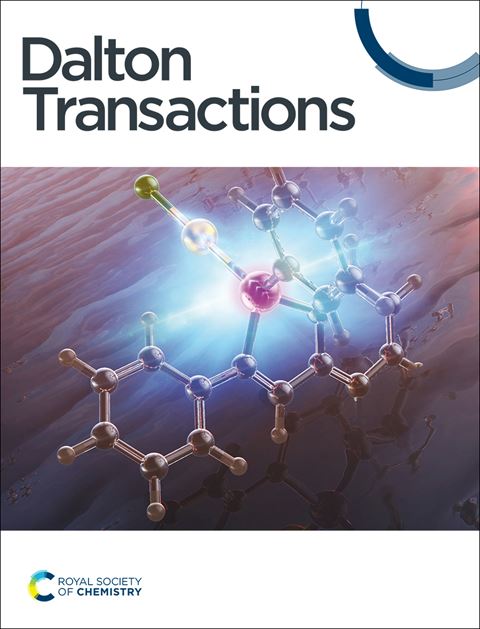Synergistic interaction between g-C3N4 and Cu-Zn-MOFs via electrostatic assembly for enhanced electrocatalytic CO2 reduction
IF 3.5
3区 化学
Q2 CHEMISTRY, INORGANIC & NUCLEAR
引用次数: 0
Abstract
Electrocatalytic carbon dioxide reduction (eCO2R) represents a sustainable technology for converting CO2 into valuable chemicals and fuels. Metal-organic frameworks (MOFs) material is recognized as a promising candidate in eCO2R due to its favorable adsorption of CO2. However, the insufficiency of adequate active sites restricts its in-depth investigation. Herein, inspired by the interfacial electronic effects, the layered g-C3N4 with unpaired electron characteristics is integrated into Cu-Zn-MOFs with nucleophilic imidazolate ligands via electrostatic assembly. The resultant g-C3N4@Cu-Zn-MOFs-1:1 exhibits excellent CO2 reduction performance for CO at a wide potential range, where the peak Faradaic efficiency reaches 85% at -1.3 V. The g-C3N4 with graphitic carbon backbone significantly stabilizes Cu-Zn-MOFs structure and enhances the exposure of active sites. The excellent performance stems from the significant activation of active sites by the efficient electron transfer induced by π-π stacking interactions between g-C3N4 and Cu-Zn-MOFs-1:1. This work proposes an innovative approach to stabilizing MOFs and activating the active sites in MOFs through interfacial electron engineering for CO2 reduction.求助全文
约1分钟内获得全文
求助全文
来源期刊

Dalton Transactions
化学-无机化学与核化学
CiteScore
6.60
自引率
7.50%
发文量
1832
审稿时长
1.5 months
期刊介绍:
Dalton Transactions is a journal for all areas of inorganic chemistry, which encompasses the organometallic, bioinorganic and materials chemistry of the elements, with applications including synthesis, catalysis, energy conversion/storage, electrical devices and medicine. Dalton Transactions welcomes high-quality, original submissions in all of these areas and more, where the advancement of knowledge in inorganic chemistry is significant.
 求助内容:
求助内容: 应助结果提醒方式:
应助结果提醒方式:


